This year, skygazers have been treated to a whole host of astronomical events, from supermoons to the Aurora Borealis. As 2023 draws to a close, however, there's one last celestial show to experience: the Geminids meteor shower.
Famous for their multicolored streaks of light, NASA calls the Geminids one of the "best and most reliable annual meteor showers" of the year. Fortunately, they should be visible to the naked eye throughout Britain, depending on visibility. Those with clear skies can expect up to 150 meteors per hour.
The peak of the shooting star phenomenon should begin around 7:30 PM on Thursday, December 14 and will continue, albeit weaker, until Wednesday, December 20.
As for the best place to see them? For a small, overpopulated country, we have some remarkably sparkling places. From the emptiest enclaves of our national parks to the eyepieces of hi-tech observatories, there are places where your insignificance can be felt acutely. In a good way.
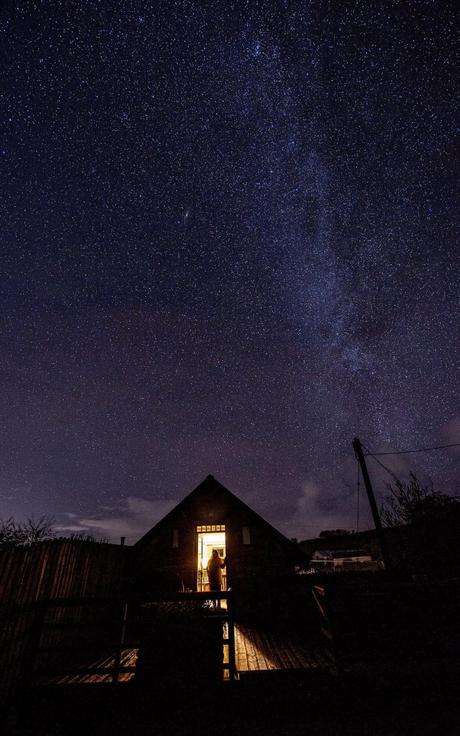
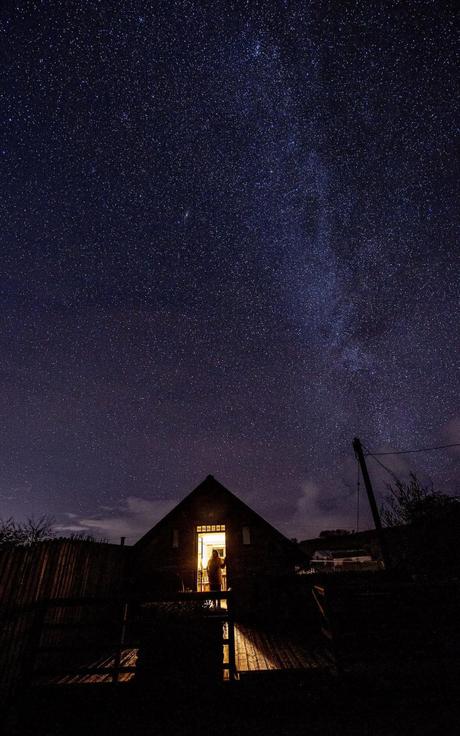
An astronomer once told me that for thousands of years, most people would spend their evenings around the fire telling stories about the characters they saw in the stars; Today, being surrounded by quite a dark sky brings us a little closer to that lost world. It is a deep reconnection with nature in its most infinite form.
Seeing the stars can also be good for our health. Disrupting the daily rhythm of light and dark with artificial lighting is associated with processes that can result in chronic diseases; by setting the night ablaze, we burden our bodies with an inorganic barrage that they have difficulty coping with.
Nothing broadens your perspective better than learning more about the universe. But in the end, all you have to do is look up when you find the right spot...
Here you can see the Geminids meteor shower.
Cheshire and the Peak District
The Jodrell Bank Observatory in Cheshire, home to the 75-metre diameter Lovell Telescope, is a UNESCO World Heritage Site. Learn more about space here, then head east to the Peak District for good dark skies. For example, a nighttime walk to the Bronze Age hillfort of Mam Tor offers unobstructed views with little light pollution.
The story continues
Jodrell Bank is open daily from 10 a.m. to 5 p.m. Adults/children £12/£8Exmoor, Devon and Somerset
In 2011, Exmoor was declared Europe's first International Dark Sky Reserve. The park's communities continue to work together to reduce light pollution so it remains one of the best astronomical sites in the country - especially sites within the dark sky zone, including Holdstone Hill, County Gate, Webbers Post and Wimbleball Lake. Pick up a stargazing brochure at one of the national park centers, which also rent telescopes.
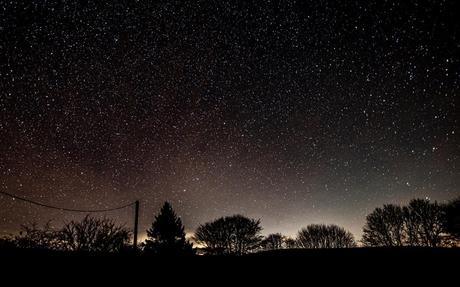
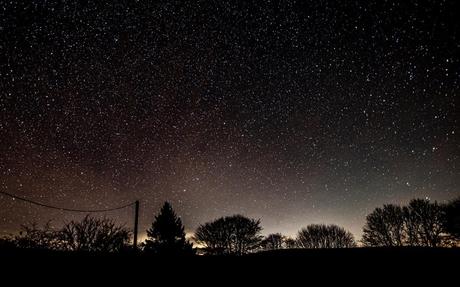
Brecon Beacons, Wales
Wales' first International Dark Sky Reserve, the Brecon Beacons, have extremely low light pollution and exceptionally good astronomical potential. Accessible and beautiful locations include the car park at Pen-Rhiw-Ddu, just off the Black Mountain road; the National Park Visitor Center, near Libanus, where there is plenty of space to set up telescopes; Usk Reservoir, which is well protected from the light pollution of South Wales; and Carreg Cennen at the top of the rock (just outside the park, near Llandeilo), where you can see some of the region's darkest skies twinkling above the castle ruins. Dark Sky events are held occasionally.
Glenlivet and Tomintoul, Cairngorms
Remote, low-population and surrounded by 800-metre-high hills that protect it from light pollution, Glenlivet and Tomintoul - the most northerly Dark Sky Park in the world - has some of Britain's blackest skies. Not only is it ideal for fantastic viewing, but, given its latitude, it also offers the chance to catch the 'mirrie dancers', aka the Northern Lights. There are three Dark Sky Discovery sites in the park, with parking and interpretation. Field of Hope has exceptionally good visibility all around to the horizon; the outer planets can be seen here all year round. The remote Carrachs and Blairfindy Moor are particularly good for the Northern Lights and the outer planets between September and March.
Long Mynd, Shropshire
Much National Trust land - from the Wicken Fen in Cambridgeshire to Wasdale in Cumbria - is good for stargazing; National Trust sites also have good parking and sometimes wider, flatter footpaths, making it easier to reach more remote areas at night. Try the Carding Mill Valley and the Long Mynd, where there are four Dark Sky Discovery Sites, all of which have been given the higher designation 'Milky Way class', meaning the Milky Way can be seen with the naked eye.
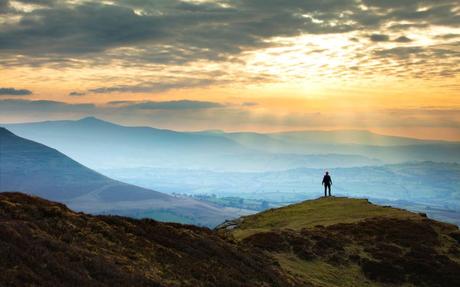
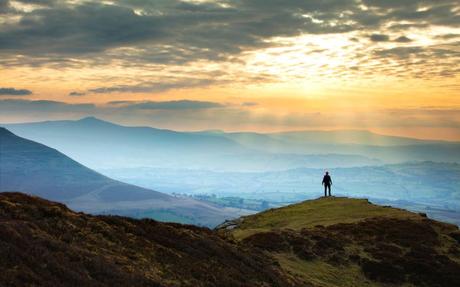
Northumberland
Northumberland boasts the largest area of protected night skies in Europe, and there may be no brighter and more vibrant cosmological spectacle than what you will encounter here. On a clear night you'll see the Milky Way, abundant meteors and - if you're lucky - the International Space Station. History buffs should combine night sky viewing with a trip to Vindolanda, an excellent museum on the site of another former important military post.
Isles of Scilly
About 30 miles away from any light pollution on the mainland, the Isles of Scilly have spectacularly dark skies. In February 2019, a group of amateur astronomers opened Britain's most south-westerly observatory. Built in a designated Dark Sky Discovery Zone, the community-funded facility features two domes (one for deep sky viewing, one with solar capacity) and a hot room where regular lectures and workshops are held. But actually the Geminids should be visible everywhere on the islands.
